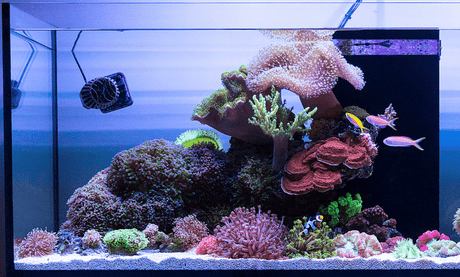
How to Clean Sand or Gravel for the Aquarium
By Bryan Lopez
When you buy new aquarium sand or gravel it is highly recommended that you rinse it first, unless it is live sand for your reef. Even if it says it...
Read moreGreat Deals on your weekly shop Shop Now

By Bryan Lopez
When you buy new aquarium sand or gravel it is highly recommended that you rinse it first, unless it is live sand for your reef. Even if it says it...
Read more